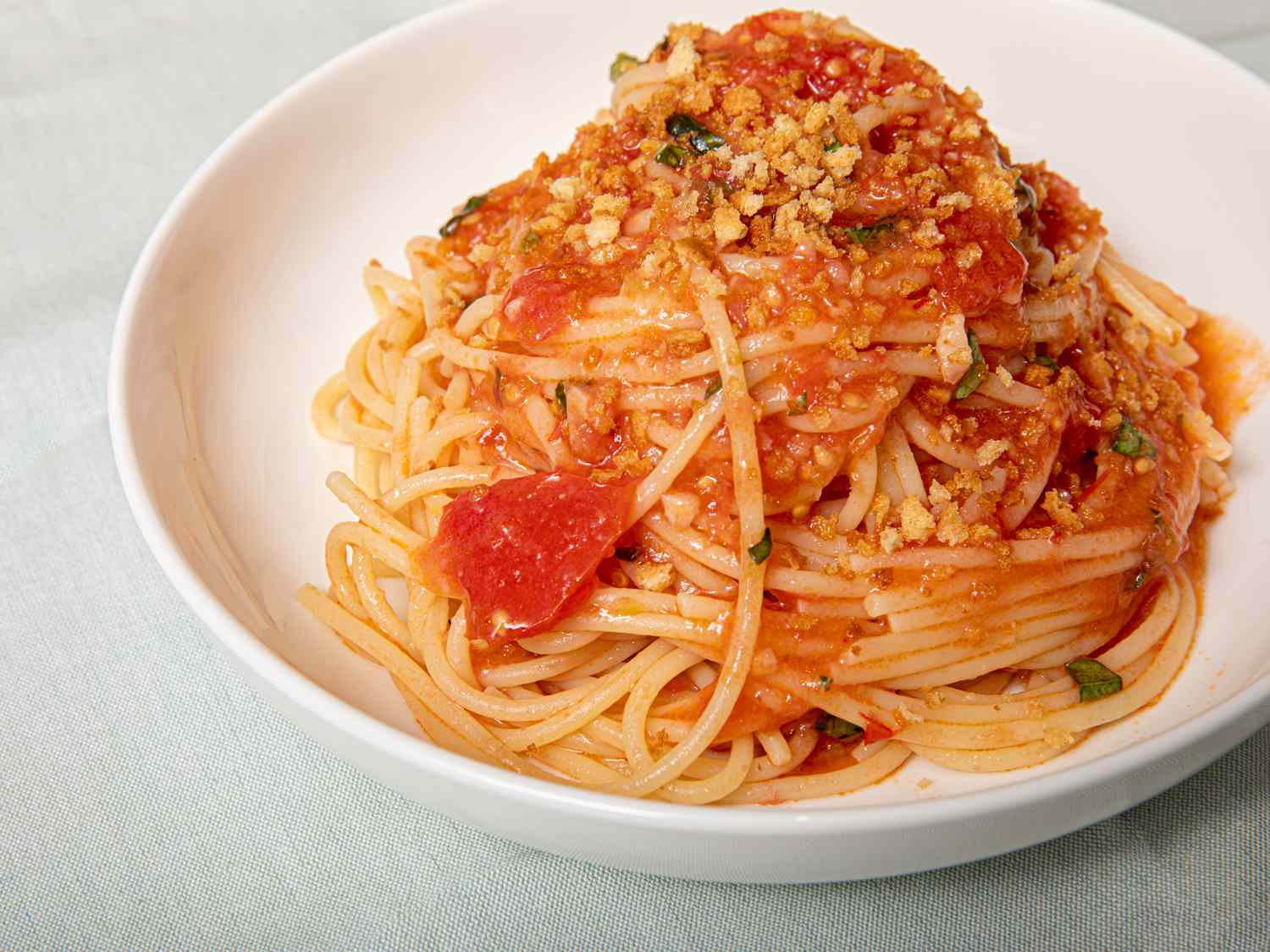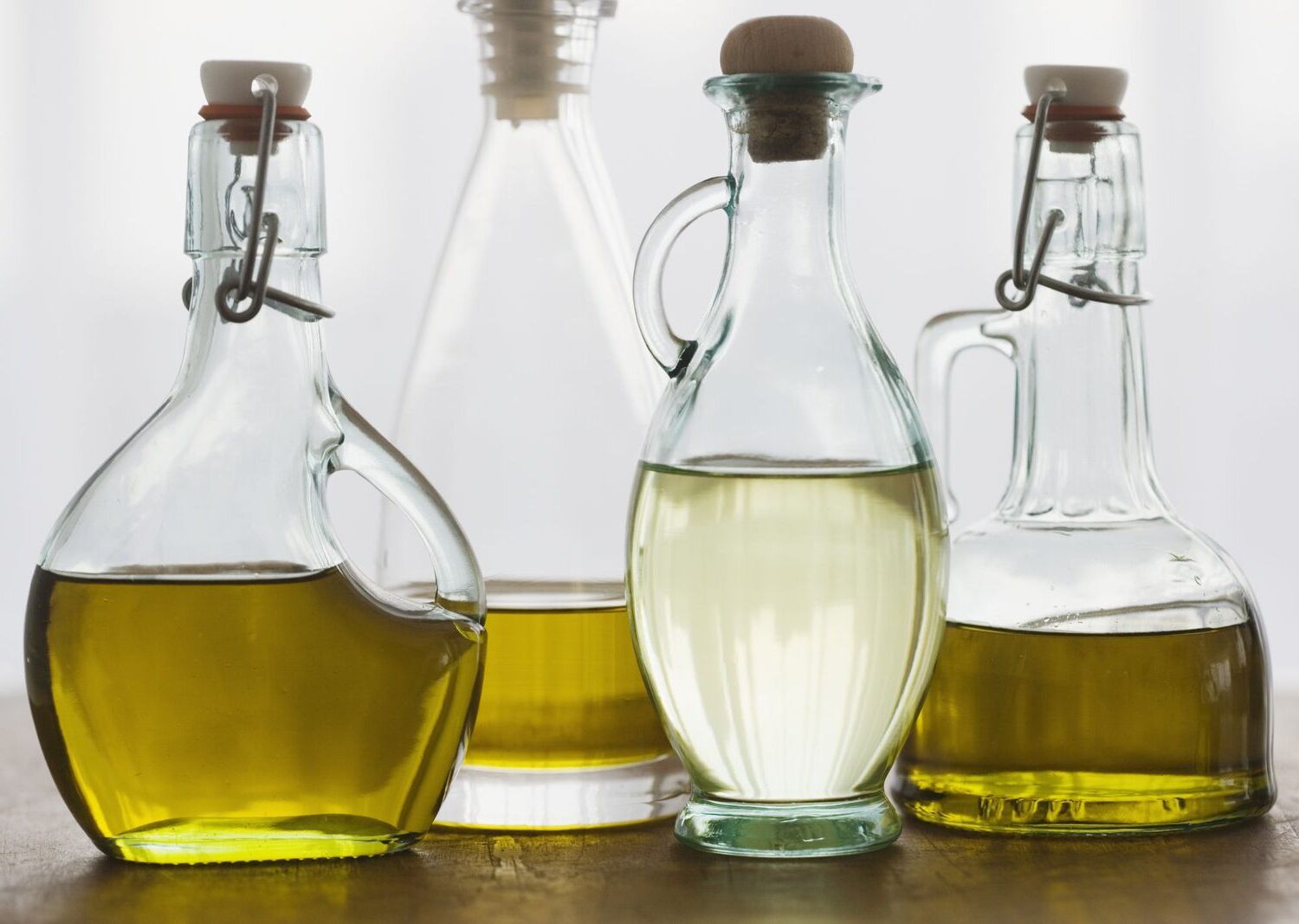Unveiling the Mystery: The White Powder in Easy Mac
Easy Mac is a popular and convenient snack loved by many, especially those who are always on the go or simply craving a quick and easy meal. However, have you ever wondered about the white powder that comes with it? What exactly is it and why is it included in the package?
Let’s dive into the mystery and uncover the truth about the white powder in Easy Mac.
Understanding the White Powder
The white powder found in Easy Mac is actually a combination of dehydrated cheese powder and other ingredients that are essential for creating the creamy and delicious cheese sauce that coats the macaroni noodles. This powder is what gives Easy Mac its signature cheesy flavor and creamy texture.
The Role of Dehydrated Cheese Powder
Dehydrated cheese powder is made by removing the moisture from cheese, resulting in a fine powder that can be easily reconstituted into a cheese sauce when mixed with liquid. This process allows the cheese to have a longer shelf life without the need for refrigeration, making it a convenient and practical choice for packaged meals like Easy Mac.
Key Ingredients in the White Powder
Aside from dehydrated cheese powder, the white powder in Easy Mac also contains other essential ingredients such as:
- Milk Solids: These provide the creamy and rich texture to the cheese sauce.
- Whey: A byproduct of cheese production, whey adds a savory and slightly tangy flavor to the sauce.
- Salt and Seasonings: These ingredients enhance the overall taste of the cheese sauce, ensuring a well-balanced flavor profile.
The Process of Reconstitution
When preparing Easy Mac, the white powder is combined with water and the macaroni noodles, then heated to create the creamy cheese sauce that coats the noodles. The dehydrated cheese powder reconstitutes and transforms into a smooth and velvety sauce, providing the perfect cheesy coating for the macaroni.
Conclusion
So, the next time you indulge in a serving of Easy Mac, you can appreciate the role of the white powder in creating the delicious and comforting cheese sauce that makes this quick and easy meal so satisfying. The dehydrated cheese powder and other ingredients work together to bring the classic mac and cheese flavor to life, making it a convenient and enjoyable snack for cheese lovers everywhere.
Now that the mystery of the white powder in Easy Mac has been unveiled, you can savor every bite of this beloved comfort food with a newfound understanding of its key components.
Was this page helpful?
Read Next: What Is Prime Rib Au Jus?











